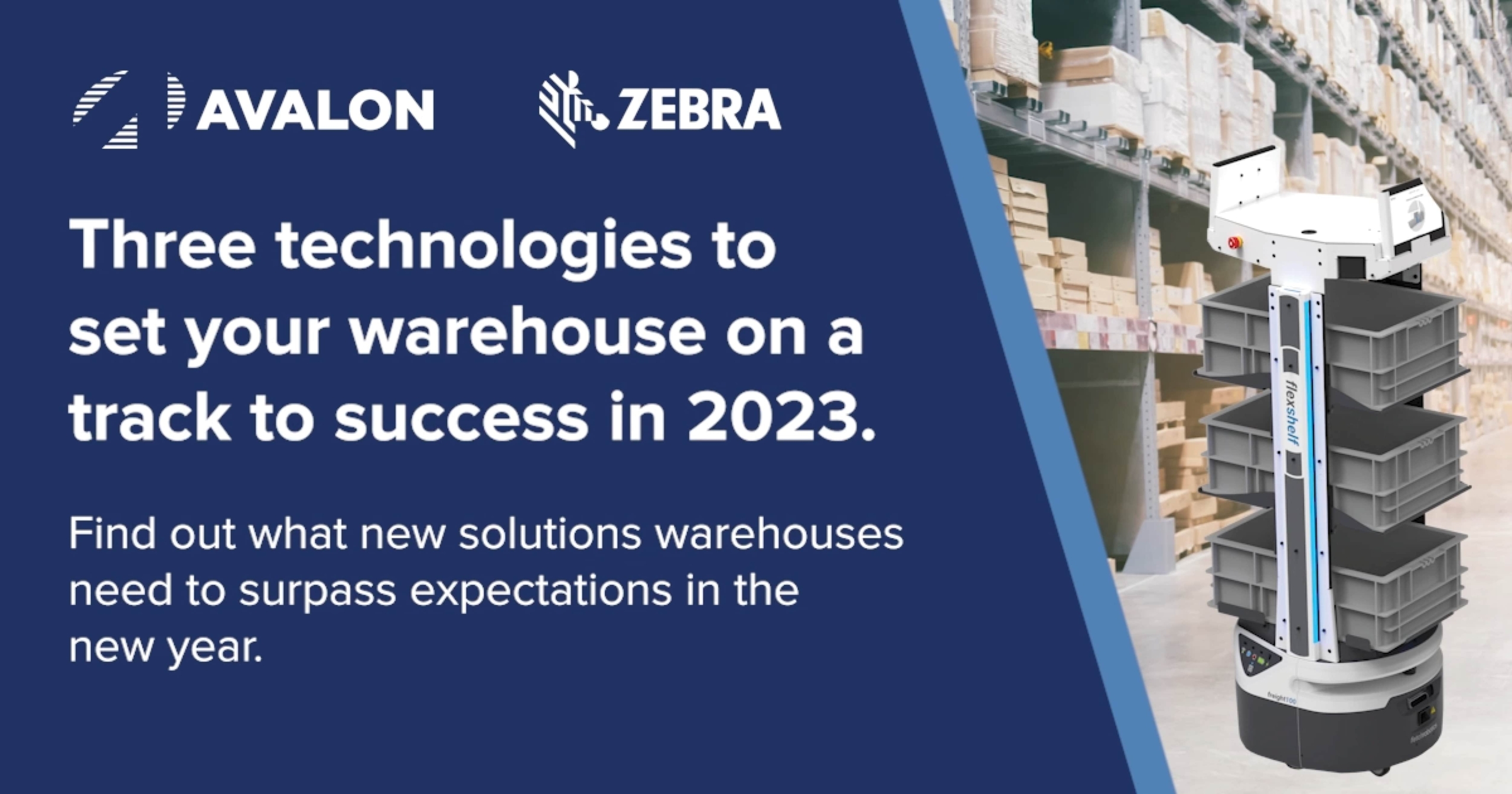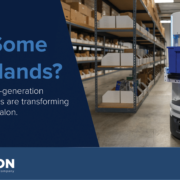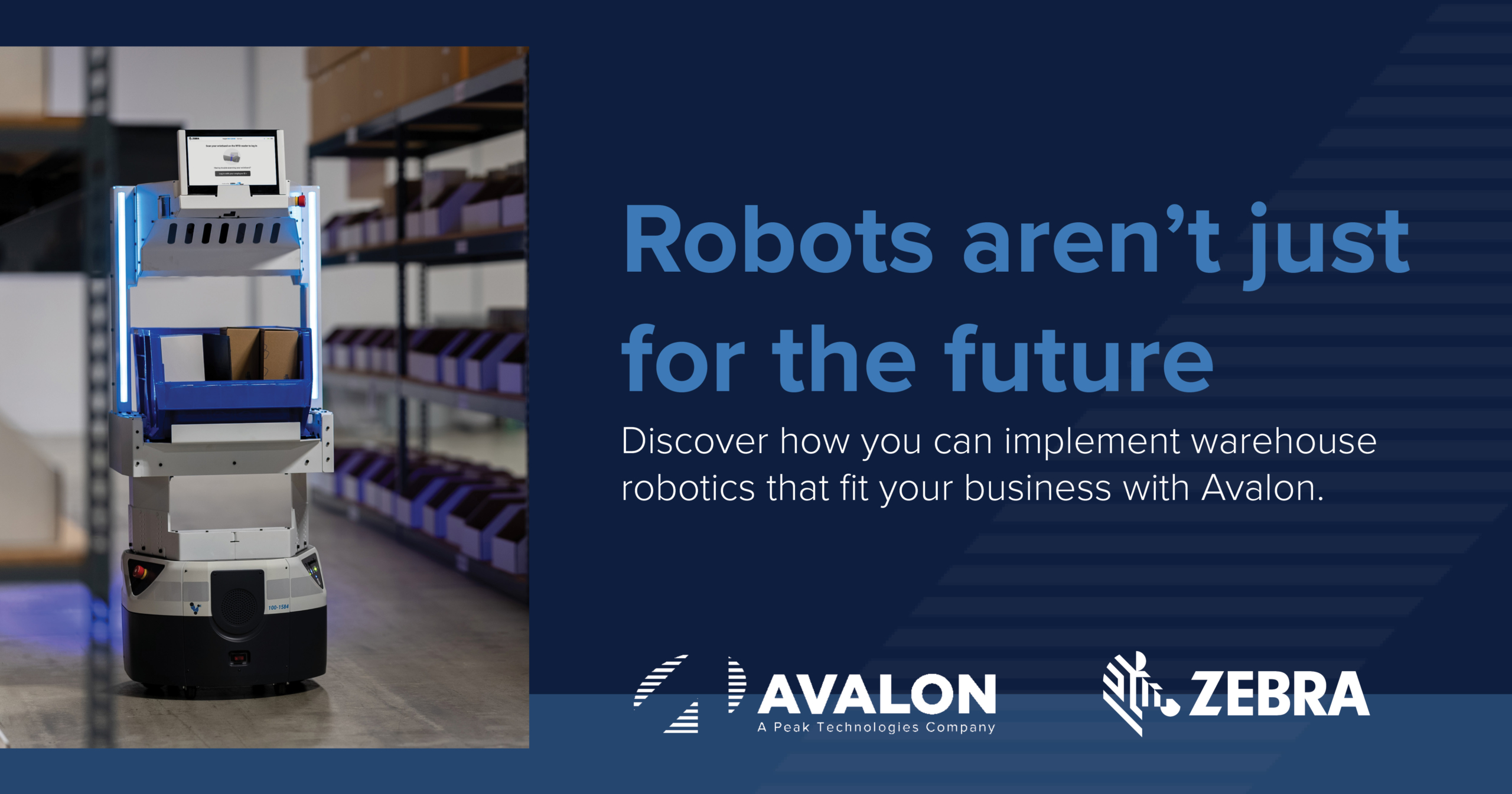Technology advancements are constantly changing the way supply chains flow. From barcoding innovations to novel locationing systems, new solutions empower leading distribution centers to elevate service quality and set a new standard for order fulfillment. With 87% of warehouses planning to expand the size of their warehouse by 2024, warehouse decision-makers should look for ways to optimize warehouse space and implement new technologies this year to keep up with trends. Facing new demands for faster and more accurate service, warehouses are encouraged to set adaptable goals to address evolving demands and incorporate innovative technologies. Here are some goals to strive for to meet new challenges this year:
- Track assets to reduce search times and improve visibility – Warehouses have a lot of assets moving throughout the facility, which can be challenging to control if you don’t know exactly where assets are. With an asset tracking system in place in your warehouse, you can easily find the exact location of anything, drastically reducing search times. Add tracking tags or sensors to any warehouse areas that you want to track. Tracking your assets improves warehouse visibility and helps maximize space usage.
- Automate manual processes for less touchpoints – Eliminate manual scanning in warehouse and logistics by automating manual processes like barcoding using technology like RFID and Autonomous Mobile Robots (AMRs). Manual scanning forces workers to identify an asset by finding its serial number or material ID, which can cause more downtime and less productivity. RFID and AMRs work to automate repetitive tasks and secure 99.99% visibility.
- Optimize transportation routes – Consider the importance of worker and forklift movement around the warehouse. When forklifts and workers flow properly throughout the warehouse facility, you spend less time transporting goods and improve productivity. Additionally, give workers more mobility on their routes around the warehouse with mobile power carts that help them maintain a full day of productivity.
- Create efficient employee workloads with clear task management – When warehouses automate manual processes, it creates optimized employee workloads and improves efficiency. RFID and robotics can reduce the amount of manual work and provide warehouse managers with data to make better decisions, which drastically reduces employee stress.
- Use new data to prevent inventory and storage errors – Easy data access from RFID and robotics can help reduce errors during the warehouse process. Reduce the times the wrong items enter an assembly line or are placed for transportation and the times when you miss items in inventory. Streamlined data capture gives workers expanded data access so warehouses account for every item and improve inventory visibility.
When warehouses achieve these goals and optimize these areas, it drastically improves productivity and efficiency. Efficient asset tracking, automated manual processes, efficient employee workloads, and easy data access help distributors build a smart warehouse that evolves with demands. Get your journey started today to prepare for this year.











